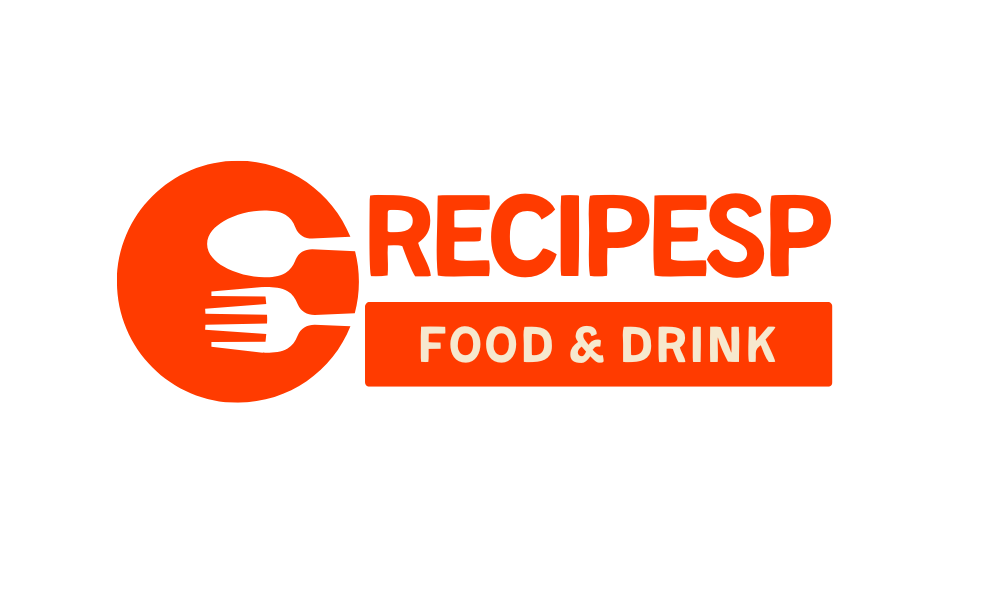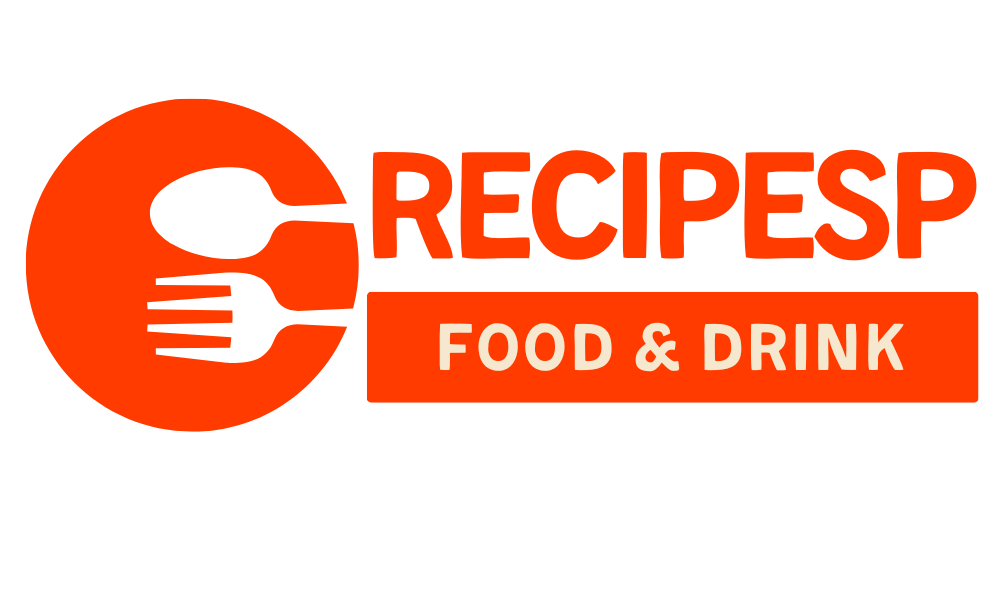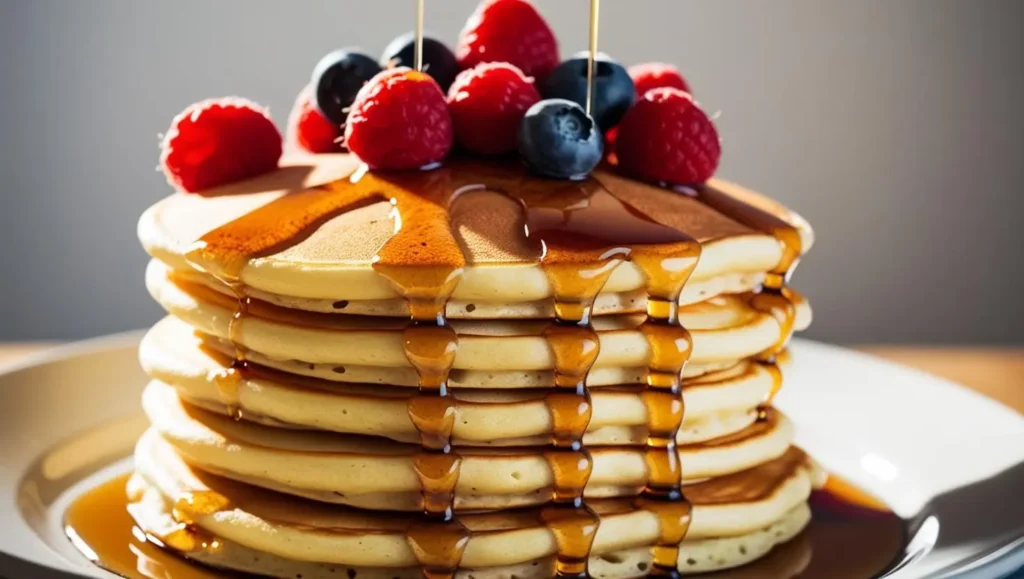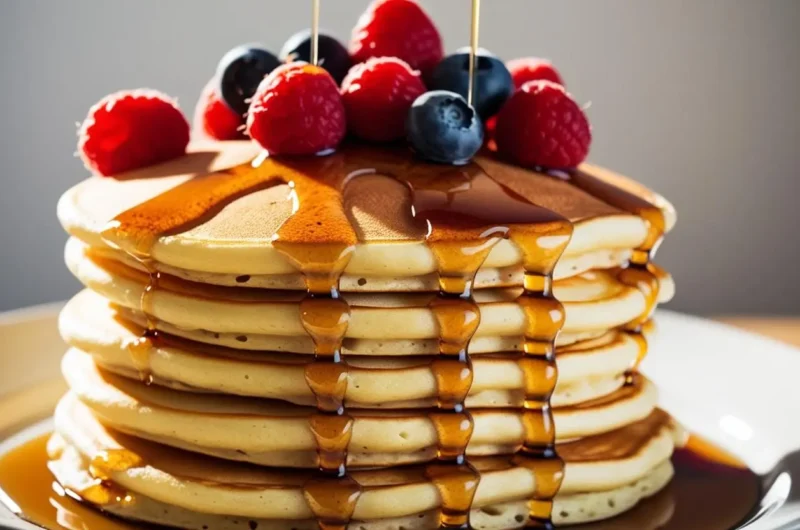Is there anything more inviting than the aroma of pancakes cooking on a weekend morning? Whether you prefer a classic stack with butter and maple syrup or adventurous toppings like berries and whipped cream, pancakes have a way of transforming an ordinary day into something memorable. But achieving that pillowy, melt-in-your-mouth texture is more science than luck. If you’ve ever felt disappointed by a dense or chewy result, you’re not alone. With a handful of tested techniques, every home cook can serve up fluffy perfection.
Let’s break down what makes pancakes irresistibly light, learn a fail-safe recipe, and master the sneaky tricks that transform your morning griddle. You’ll be surprised at how a few key adjustments can change everything.
🍳 Upgrade Your Cooking Game with Must-Have Kitchen Gadgets – Shop on Amazon
Want to save time in the kitchen and make cooking more fun? The right kitchen gadgets can transform everyday meals into something amazing — whether you’re meal prepping, baking, or experimenting with new recipes.
🔪 Choppers, slicers & graters
🍲 Air fryers, blenders & instant pots
☕ Coffee makers, milk frothers & more
👉 Discover top-rated kitchen gadgets on Amazon
✔️ Bestsellers with thousands of 5-star reviews
✔️ Affordable and time-saving tools
✔️ Perfect for home cooks, food lovers, and gift ideas
The Foundation of a Great Pancake
The ingredients in your batter matter, but so does how you assemble them. Here’s what every basic pancake needs:
- Flour: All-purpose flour works well for structure.
- Leavening: Most recipes call for baking powder or baking soda. These create the rise.
- Sugar: Adds sweetness and helps with browning.
- Salt: A pinch amplifies other flavors.
- Eggs: For structure and richness.
- Milk: Makes the batter fluid and tender.
- Fat: Melted butter or oil creates flavor and a tender crumb.
At first glance, pancakes look simple. The magic lies in technique.
Trick 1: Don’t Overmix the Batter
Mixing seems harmless, but the moment your wet and dry ingredients meet, gluten formation begins. Overdoing it makes tough pancakes. Use a large bowl and mix until the last streak of flour disappears—some lumps are welcome. They’ll hydrate and disappear as the batter rests.
If you aim for cloudlike pancakes, let the batter sit for 5-10 minutes before you pour it on the griddle. This rest allows the gluten to relax and the leavening to start working, delivering a better rise.
Trick 2: Separate and Whip the Egg Whites
This is the secret weapon of bakery-level pancakes. When you separate the eggs, beat the whites to soft peaks in a separate bowl. Fold them gently into the finished batter at the end. The aerated whites trap tiny air bubbles that expand as the pancakes cook, creating an airy, soufflé-like texture without sacrificing pancake structure.
Quick How-To
- Crack the eggs, placing yolks in one bowl and whites in another.
- Whisk the yolks into the wet ingredients as usual.
- Whip the whites with a clean whisk or mixer until soft peaks form.
- Fold them into the batter with a spatula—gentle, sweeping motions keep the air in.
Trick 3: Choose the Right Leavening for Lift
Baking powder delivers a reliable, robust rise because it reacts twice: once when it gets wet and again as it heats up. Some recipes also include a touch of baking soda, especially when using buttermilk or yogurt, which react with the acid for even more lift.
Take a look at this leavening guideline:
| Leavening | Typical Amount (per 1 cup flour) | Notes |
|---|---|---|
| Baking powder | 1–1.5 teaspoons | Standard, double-acting |
| Baking soda | 0.25 tsp (with acidic liquid) | Use if adding buttermilk/yogurt |
| Both | 1 tsp powder + 0.25 tsp soda | For extra fluffy, tangy pancakes |
Choose your leavening based on what type of milk you’re using. Buttermilk makes things ultra-tender and works beautifully with baking soda.
Trick 4: The Secret Ingredient—Acidity
Speaking of buttermilk: its slight tang isn’t just for taste. Acidity reacts with baking soda or baking powder, releasing CO2 gas that helps pancakes puff up. If you don’t have buttermilk, mix a tablespoon of vinegar or lemon juice with a scant cup of regular milk and let it sit for five minutes—this quick swap works wonders for texture.
Other tangy alternatives:
- Greek yogurt mixed with milk
- Sour cream thinned with milk
- Plant-based milks with a splash of lemon juice
Trick 5: Griddle Management
Temperature is everything. If the heat is too high, pancakes burn before they finish rising. Too low, and you risk dense, greasy results.
Here’s how to spot the perfect griddle temp:
- A drop of water should sizzle and dance on contact—not evaporate instantly.
- Set the burner to medium, then give it five minutes to heat evenly.
- For electric griddles, 350°F is a reliable benchmark.
When in doubt, sacrifice the first pancake as a tester.
Trick 6: Don’t Skimp on Resting Time
Resting the batter isn’t just for the gluten to relax. It also lets the flour absorb the liquid fully, so pancakes cook up thicker and more evenly. Ten minutes on the counter makes a difference—even two or three, if you’re short on time.
This tiny wait time is what distinguishes a thin pancake from a pillow-soft one. You’ll taste the difference.
Building the Ultimate Fluffy Pancake: Step-by-Step
Now that the science is sorted, here’s a classic recipe that incorporates all six tricks and can be adapted to whatever you have on hand.
Fluffy Pancake Recipe
Pancake Recipe: 6 Fluffy Tricks You’ll Love
Course: Healthy Recipes 🥗Cuisine: AmericanDifficulty: Easy4
servings10
minutes15
minutes300
kcal25
minutesCraving breakfast perfection? This pancake recipe delivers fluffy results with every bite. Learn the easy tricks to make it better.
Ingredients (makes 8-12 pancakes):ts
2 cups all-purpose flour
2 tablespoons sugar
2 teaspoons baking powder
0.5 teaspoon baking soda
0.5 teaspoon salt
2 large eggs, separated
2 cups buttermilk (or milk + 2 tablespoons lemon juice)
4 tablespoons melted unsalted butter (plus extra for the pan)
1 teaspoon vanilla extract (optional)
Directions
- In a large bowl, whisk flour, sugar, baking powder, baking soda, and salt.
- In a separate bowl, mix buttermilk, egg yolks, melted butter, and vanilla.
- Pour wet over dry and gently mix until just combined. Lumpy is ideal.
- In a clean bowl, whisk egg whites to soft peaks.
- Gently fold whipped whites into batter.
- Let batter rest for 10 minutes.
- Heat a nonstick skillet or griddle to medium. Add a pat of butter.
- Scoop 1/4 cup batter for each pancake. When bubbles form on the surface and edges look set (about 2 minutes), flip. Cook another 1-2 minutes.
- Serve straight from the pan. Warm your oven (200°F) to keep batches hot if serving a group.
Notes
- Quick and easy to make
Fluffy and light texture
Kid-friendly and customizable
Basic pantry ingredients - Can be dry if overcooked
Not ideal for low-carb diets
Needs careful heat control to avoid burning
Troubleshooting Flat or Tough Pancakes
Even with a well-tested recipe, missteps can happen. Here are tips for common pancake woes:
| Problem | Likely Cause | Fix |
|---|---|---|
| Pancakes are flat | Not enough leavening, overmixed batter, cold griddle | Check leavening, mix less, preheat pan fully |
| Chewy or dense | Overmixed batter, old baking powder, too little fat | Mix less, use fresh baking powder, add more butter |
| Burned outside/raw inside | Pan too hot, pancakes too thick | Lower heat, thin batter with milk |
| Pale, greasy | Pan too cool, not enough browning sugar | Increase heat slightly, use a bit more sugar |
Pancake Variations to Try
With a fluffy base, it’s fun to get creative. Try mixing in:
- Blueberries or sliced bananas
- Chopped nuts or a handful of chocolate chips
- A pinch of cinnamon, nutmeg, or cardamom for a fragrant upgrade
- Swap white flour for half whole wheat or oat flour
- Stir in 1/4 cup ricotta or yogurt for richness
Or test savory additions: chives, crispy bacon bits, or shredded cheese.
The Power of the Right Toppings
Classic toppings shouldn’t be overlooked, but don’t be afraid to experiment. Here are a few ideas to take your pancakes from simple to spectacular:
- Warm maple syrup and butter
- Lemon zest with powdered sugar
- Fresh berries and honey
- Greek yogurt and a fruit compote
- Toasted coconut and sliced kiwi
- Peanut butter and jam
Different flavors and textures let you personalize every batch.
Pancake Science: Why Fluffiness Matters
Why do we chase the fluffiest pancake? Texture is memory. Those soft, springy bites tap into comfort and nostalgia, whether you grew up on boxed mix or your family measured by the pinch. Fluffy pancakes hold syrup generously, deliver a hearty but tender chew, and invite endless experimentation.
A single recipe, tweaked until perfect, becomes a kitchen tradition. It’s not about perfection every time, but the ritual—sifting, whipping, flipping, stacking, and sharing.
Armed with these six tips, Saturday mornings start looking a lot more delicious, no reservations required. Don’t be surprised if your kitchen quickly becomes the most popular spot in the house.



